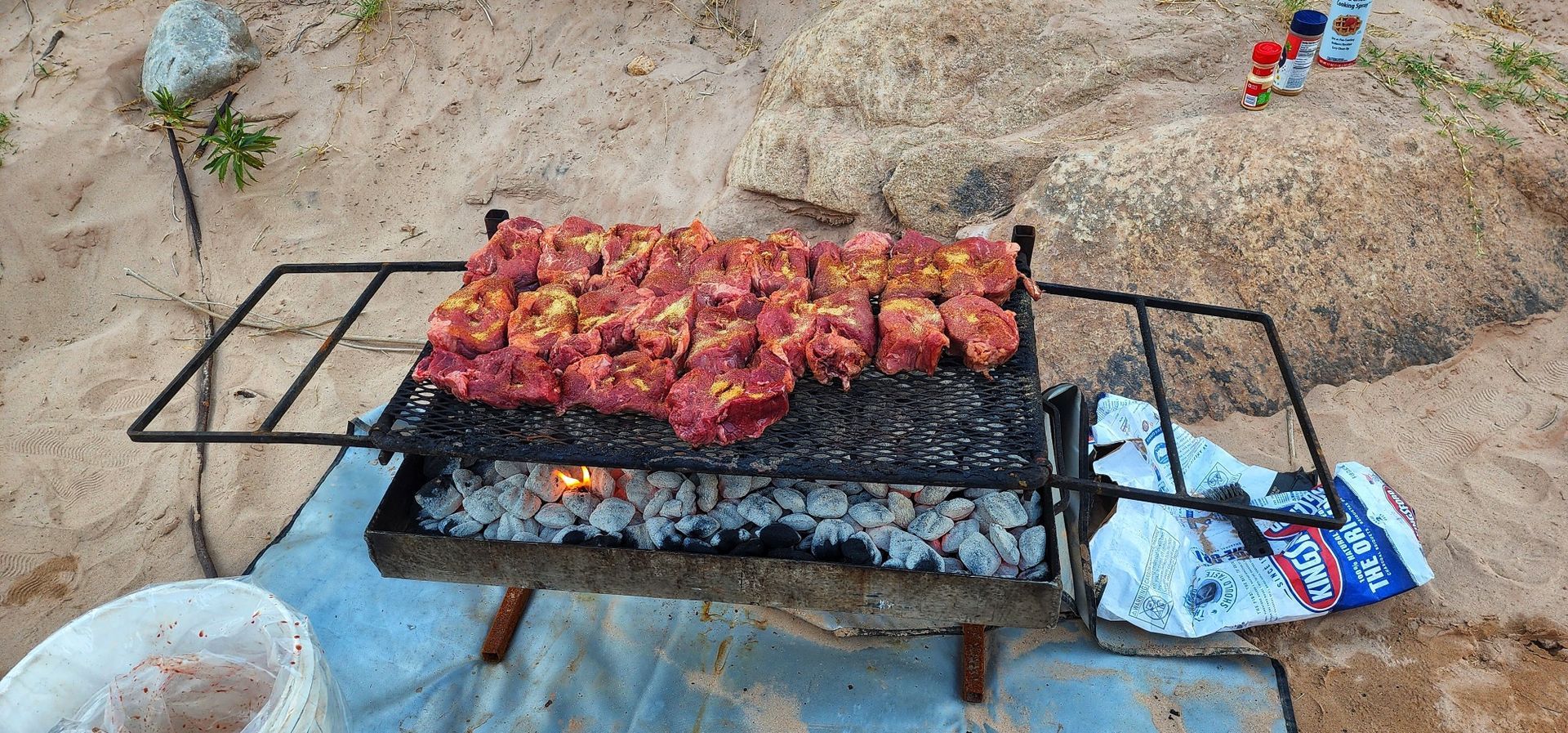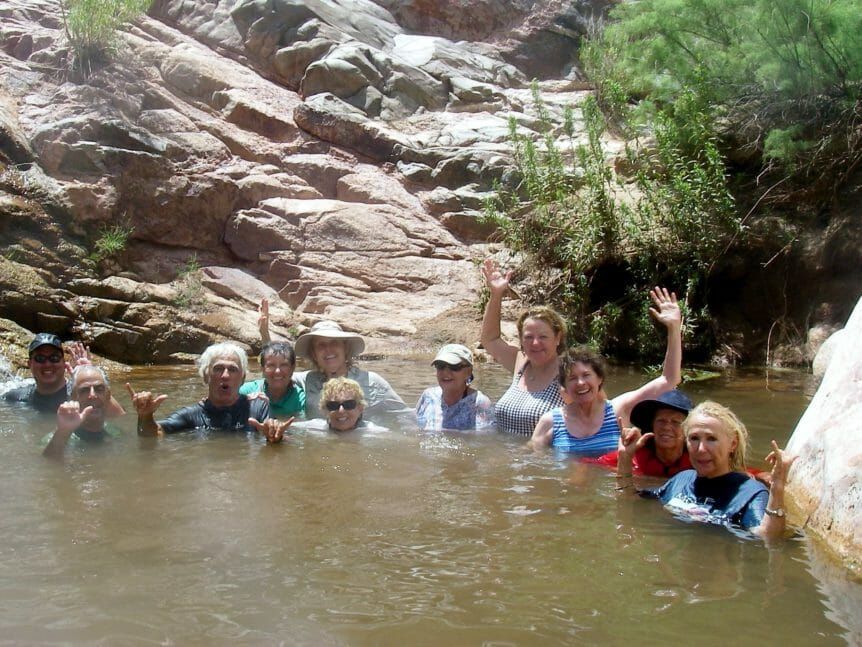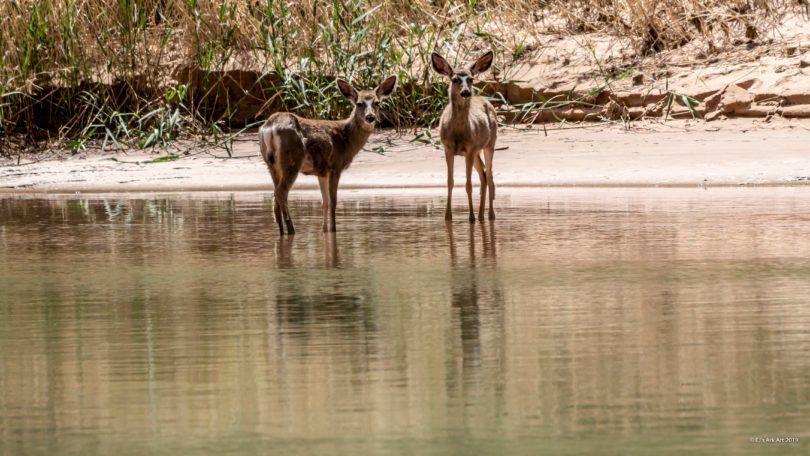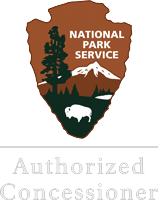25 Fun Facts About the Grand Canyon (You Probably Didn’t Know)

The Grand Canyon is more than one of the world’s most breathtaking sights. Stretching 277 miles long and over a mile deep, it reveals almost two billion years of Earth’s history carved into stone.
Yet there’s much more to this place than dramatic views. Hidden caves, ancient fossils, and unique wildlife make it full of surprises. Here are 25 fun and fascinating facts that might change how you see this incredible landmark.
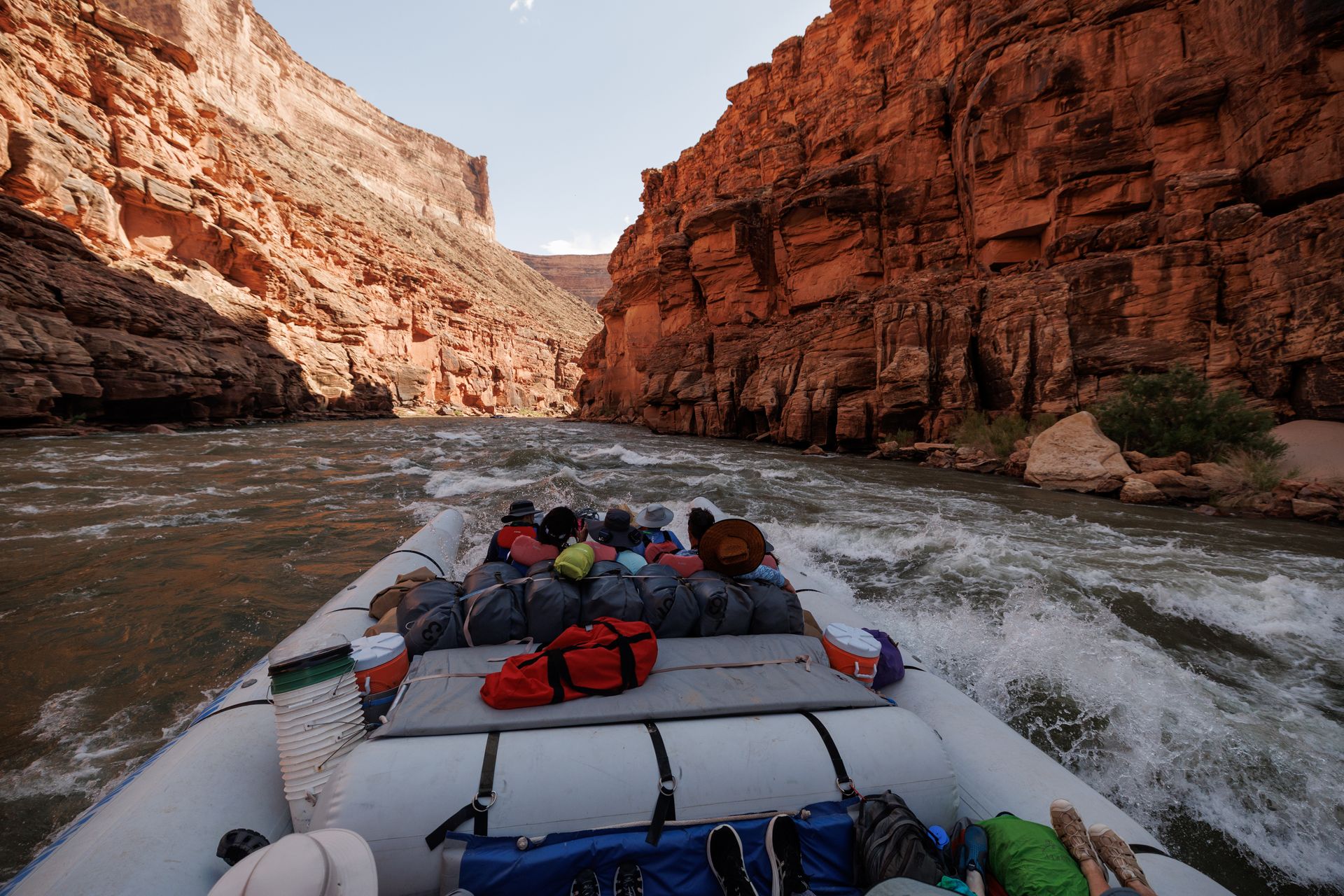
Quick Grand Canyon Facts
If you want the highlights, here are a few quick facts to share before your next trip:
- The Grand Canyon is 277 miles long, up to 18 miles wide, and more than 1 mile deep.
- Its oldest rocks formed around 1.8 billion years ago.
- Only 10% of visitors ever go below the rim.
- Temperatures can vary by as much as 30°F between the rim and river.
- The canyon shows nearly half of Earth’s geologic record.
- Five deserts meet here, creating incredible biodiversity.
- The pink rattlesnake is found only in the Grand Canyon.
- Fossils prove the area was once covered by an ancient sea.
- The Havasupai Tribe has lived in and around the canyon for centuries.
- NASA astronauts trained here before going to the moon.
Amazing and Little-Known Facts About the Grand Canyon
1. The Canyon’s Layers Tell Earth’s Story
Each rock layer holds a different chapter of the planet’s history. You can trace ancient oceans, rivers, and deserts stacked on top of one another. Together, they form one of the most complete geological records on Earth.
2. It Has Its Own Weather
Elevation changes make the weather unpredictable. It can snow at the rim while hikers below enjoy warm sunshine. Always check conditions before heading out.
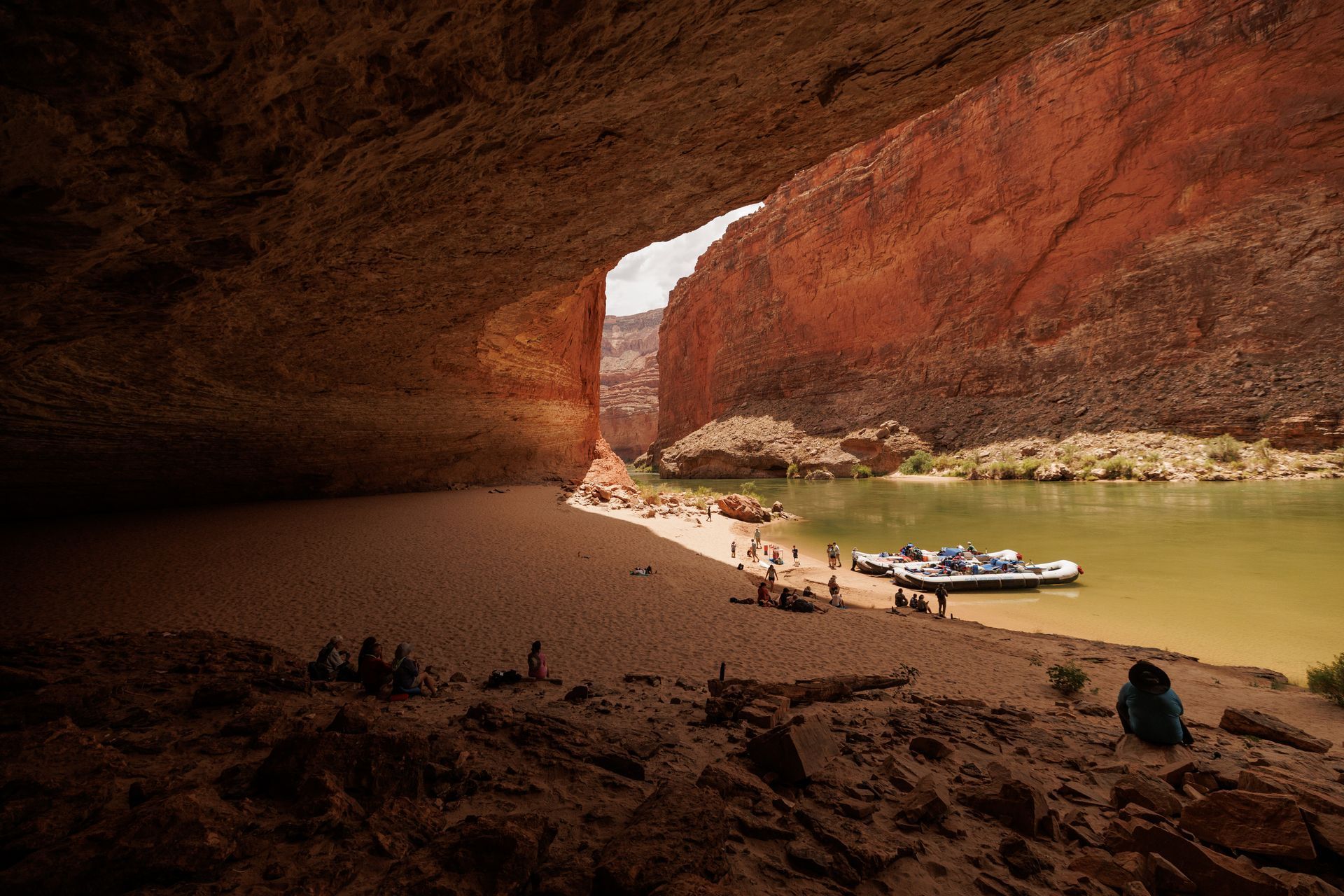
3. More Than 1,000 Caves Hide Inside
Over a thousand caves have been mapped, but most are sealed to protect fragile formations, fossils, and ancient artifacts. Only a few are open to researchers or guided exploration.
4. People Have Lived Here for Thousands of Years
Humans have called the Grand Canyon home for at least 12,000 years. Today, several Indigenous tribes, including the Havasupai, Hopi, Navajo, and Hualapai, maintain deep cultural ties to this sacred place.
5. The Canyon Is Still Changing
Wind, rain, and the Colorado River continue to shape the land. Erosion is slow, but each year it deepens and reshapes the canyon just a little more.
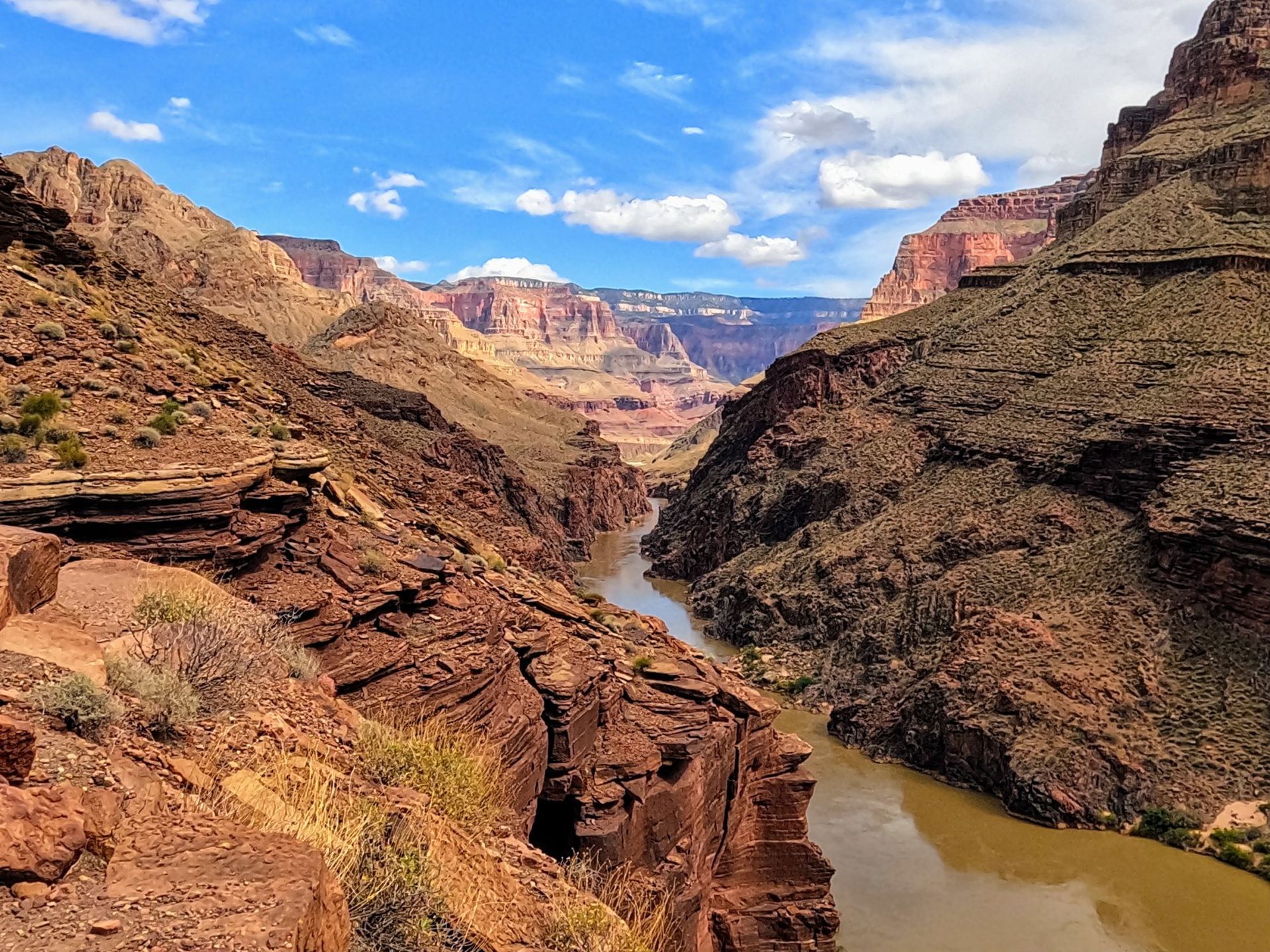
Why Is Most of the Grand Canyon Restricted?
Roughly 90% of the Grand Canyon is designated wilderness. These remote areas require permits or guided access. The National Park Service limits entry to protect fragile ecosystems, ancient sites, and visitor safety.
This approach keeps the canyon wild and ensures its beauty remains untouched for future generations.
How Old Is the Grand Canyon?
Scientists estimate the canyon began forming about five to six million years ago. The rocks themselves are far older. At the bottom lie the Vishnu Basement Rocks, which date back nearly 1.8 billion years.
Over time, uplift of the Colorado Plateau and steady erosion by the Colorado River carved out the vast chasm we see today.
What Made the Grand Canyon?
The Colorado River did most of the work. For millions of years, it cut through layer after layer of rock, carrying the pieces away. Rain, freezing water, and gravity helped widen the cracks.
Even now, the canyon continues to evolve. Every storm and every river season shapes it a little more.
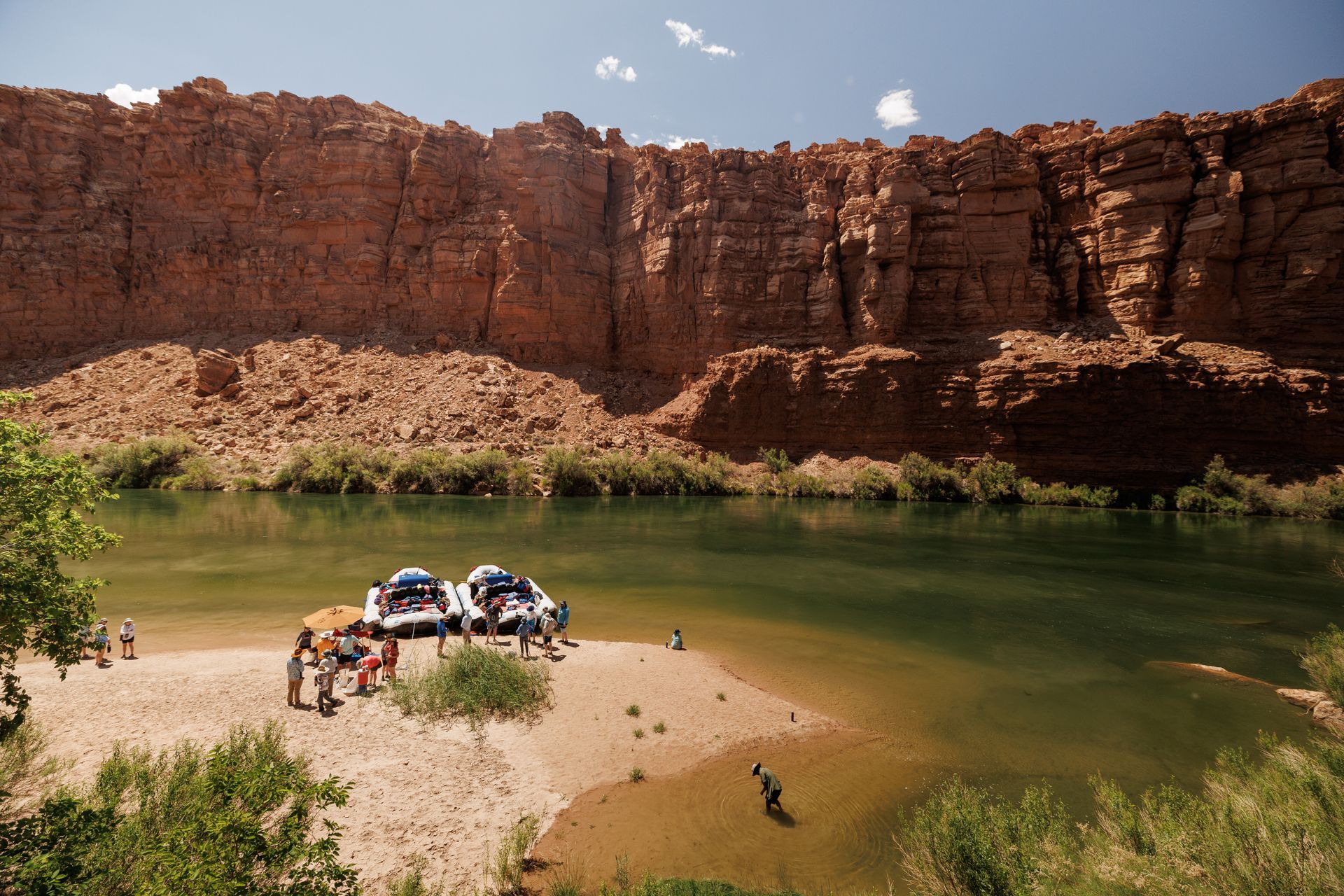
Secrets of the Grand Canyon
There’s much the average visitor never sees.
- Hidden caves: More than a thousand lie within the canyon walls. Many remain closed to protect rare formations and artifacts.
- Phantom Ranch: This small lodge sits at the canyon floor and can only be reached by mule, raft, or hiking trail.
- Rare wildlife: California condors, bighorn sheep, and the pink rattlesnake live in its varied environments.
- Legends and mysteries: Ancient stories and explorer tales add even more intrigue to the canyon’s past.
Grand Canyon Facts for Kids and Families
- The Grand Canyon is so large that Rhode Island could fit inside it.
- The Colorado River winds 277 miles through the canyon.
- Some canyon walls are older than the dinosaurs.
- Fossils near the rim show the land was once beneath an ocean.
- The pink rattlesnake blends perfectly into desert rocks, making it hard to spot.
Bonus: When to Visit the Grand Canyon
Timing matters if you want to make the most of your visit. Spring and fall bring mild temperatures and smaller crowds, ideal for hiking and rafting.
Before you go, check our Grand Canyon Weather by Month Guide for seasonal tips and average conditions.
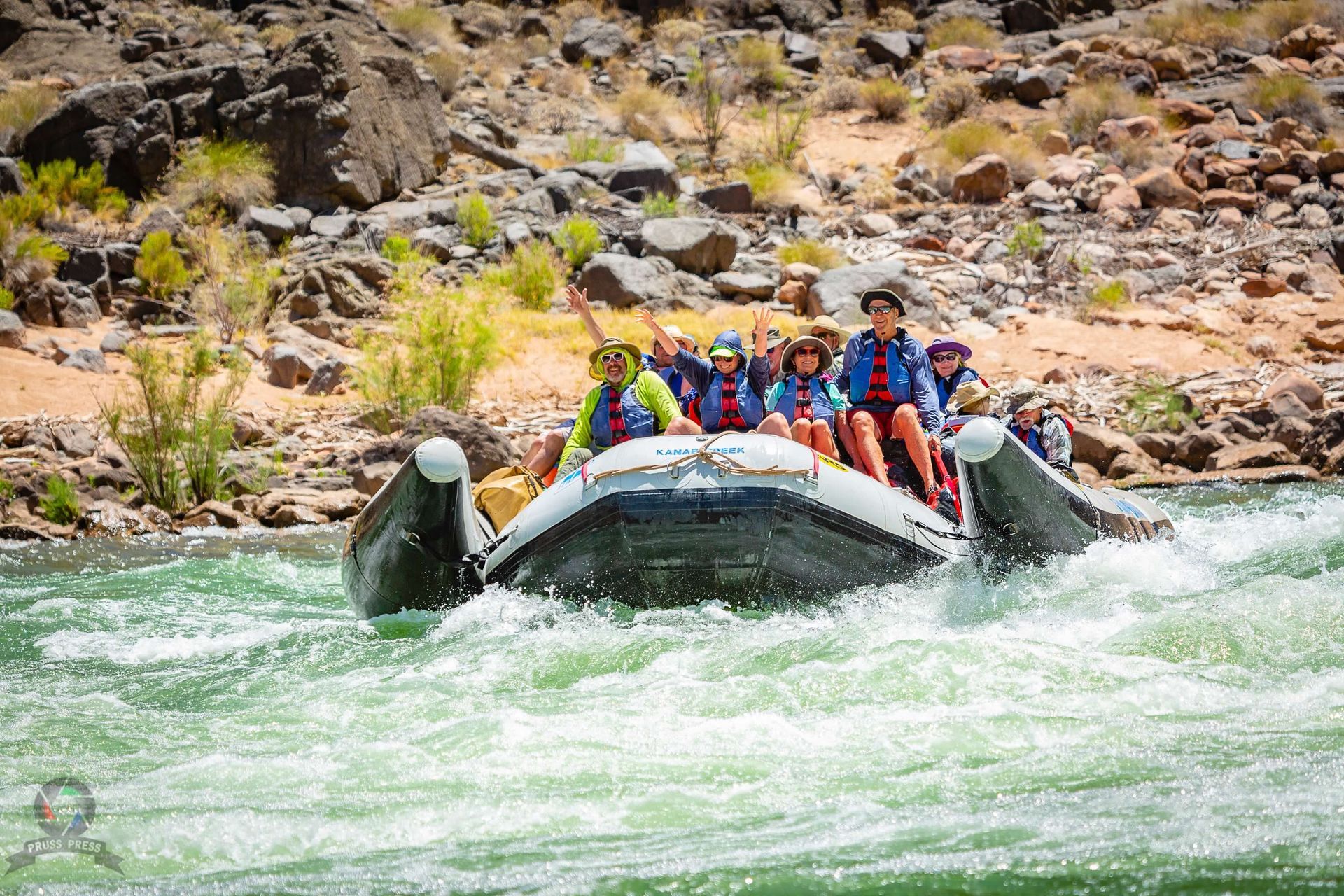
Grand Canyon FAQs
Why is 90% of the Grand Canyon restricted?
Most of the park is protected wilderness. Permits limit access to preserve the environment and keep visitors safe.
How old is the Grand Canyon today?
The canyon began forming about five to six million years ago. The oldest rocks are close to 1.8 billion years old.
What are three interesting facts about canyons?
Canyons form through erosion, reveal layers of Earth’s history, and create unique climates that support many kinds of life.
What is an interesting fact about the Grand Canyon?
It’s one of the few places where nearly two billion years of geological history can be seen at once.
Final Thoughts
The Grand Canyon’s beauty is matched by its depth of history. Every layer and trail tells part of Earth’s story. Fossils, caves, and rare wildlife make it a place of endless discovery.
If you want to experience it firsthand, join one of our Grand Canyon rafting adventures, either on a
motorized trip or a
dory journey. There’s no better way to see the canyon’s colors and cliffs than from the Colorado River itself.
